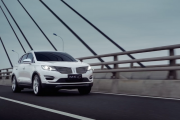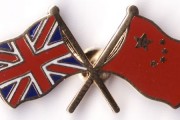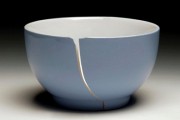
Advertising is an evolutionary war – your message fights others and both you and your competitors adapt their messages to have a better chance of taking market share next time. Generals plan real wars in advance by war gaming – simulated decisions to see what strategy has the best chance of success
With recent developments, marketers can now for the first time apply the models of evolution theory to predict how advertising battles will play out in the short term, and explore which sustained messaging strategies can support brands over the longer term.
Just as military war games allow generals to predict battle outcomes and troop losses, evolutionary models give marketers the ability to see how selected strategies will work out against competitors, and lets them see achievable market share gains in their ad campaigns, giving a financial case for campaign spend.
How Does It Work?
The key is preparation – understanding the competitive environment including: identifying key competitors; key messages that drive consumer choice; segmenting consumers according to message susceptibility; the credibility of each message for each competitor; estimating market share gains from previous experience and the campaign spend/effect curve.
This research is fed into the evolutionary model and it shows how your strategy will fare against others – in an immediate campaign (tactics) and in brand building over time (strategy).
Simplified Example
Research for an automobile manufacturer shows 3 factors (other than price and availability) that primarily drive purchase:
– Performance
– Design
– Ecological Friendliness
What should be the core message of their brand advertising? Should they focus on performance, on design, on environmental friendliness, on all of these, or just focus on generating more awareness for their brand?
The company (labelled ‘our company’) wants to focus on design. There are 2 key competitors. Taking into account current market shares in each segment, the evolutionary model works out what is likely to happen if they focus on design against current competitor messaging (which is speed for one and ecological friendliness for the other).

The company can see that whilst it can expect an overall gain from a design message, it will not do as well as competitor A in an immediate campaign (see below red boxes).

But is design a message that can be used as the basis of a long term brand development strategy?
To see the answer, the evolutionary model simulates repeated advertising campaigns over time with each competitor adjusting its message to maximize its own success. Which messages turn out to be successful after a period of evolution?

Both ‘design’ and ‘alternating between ecological and speed’ are ‘fit’ strategies in the long term and so can be used to build sustainable brands. But speed is not successful in the long term because another fit strategy, alternating ecological and speed messages, emerges and competes with the speed strategy.
Choosing the right long term strategy by promoting the right thing will give you the best chance at winning the advertising war.







